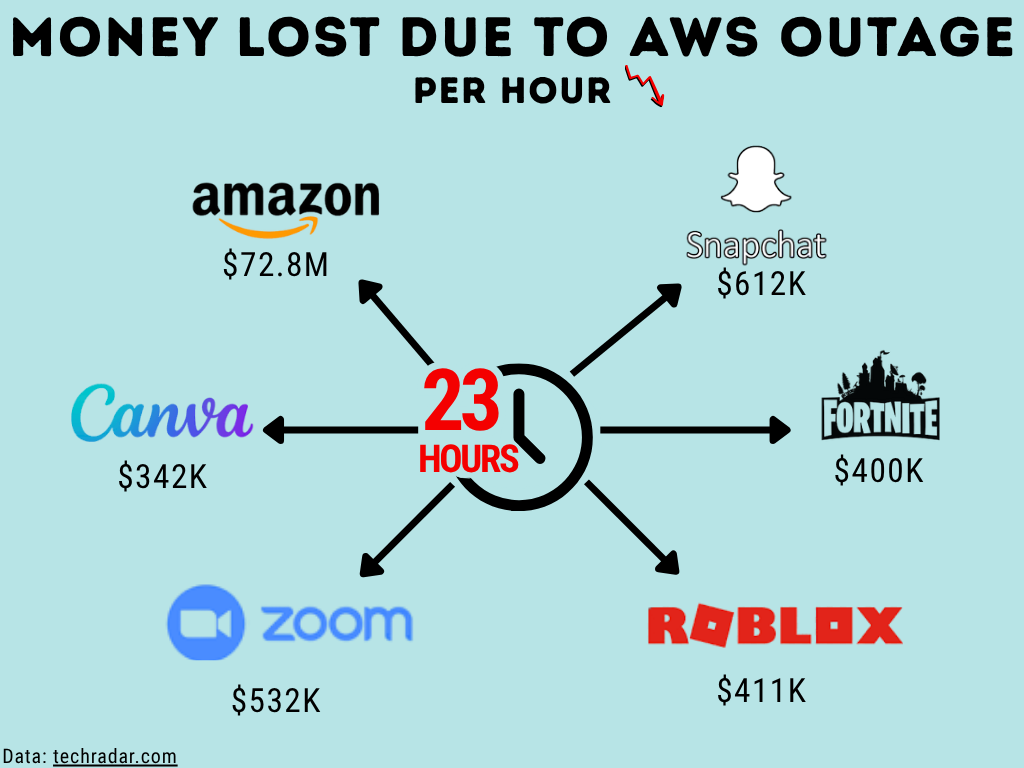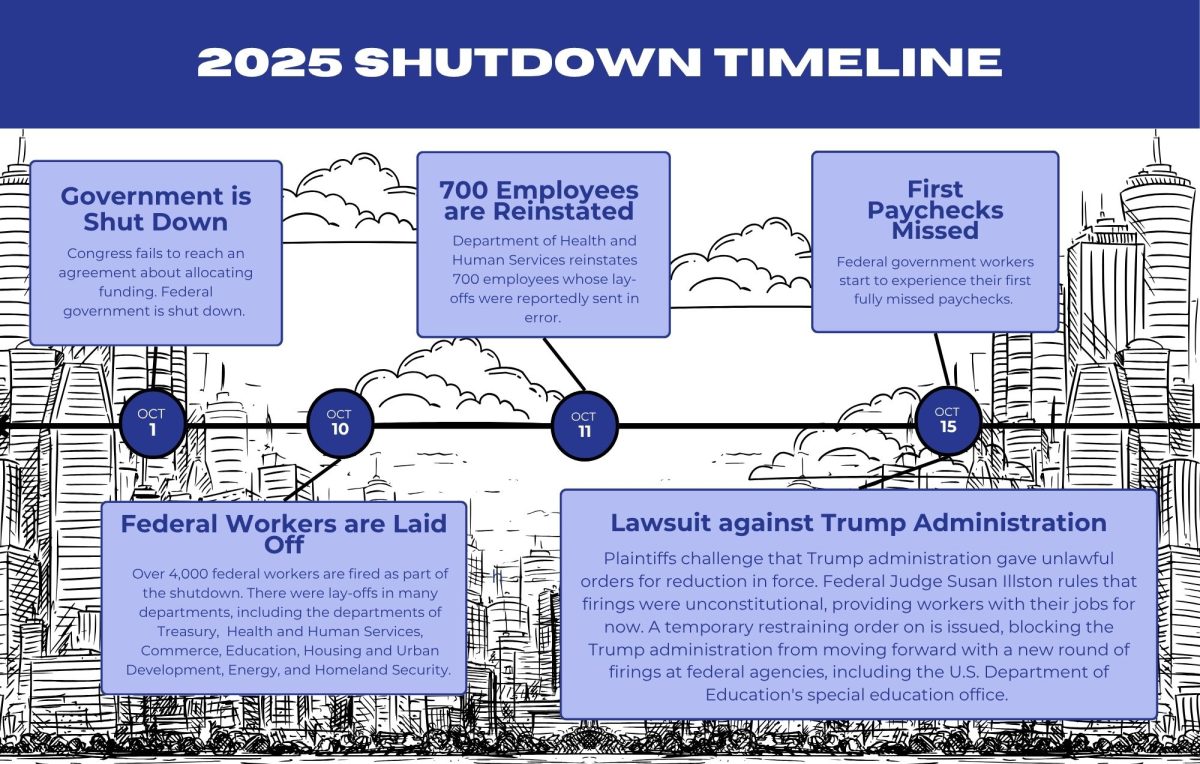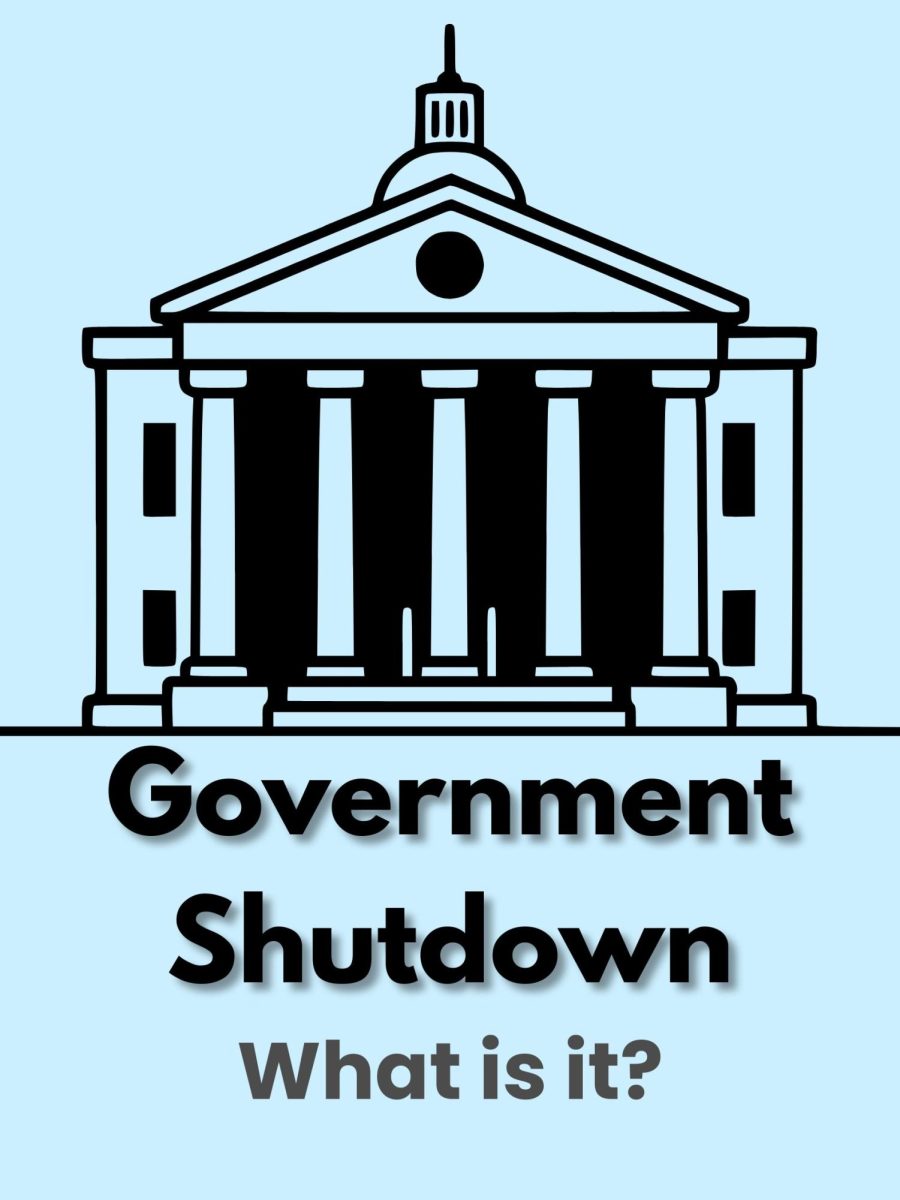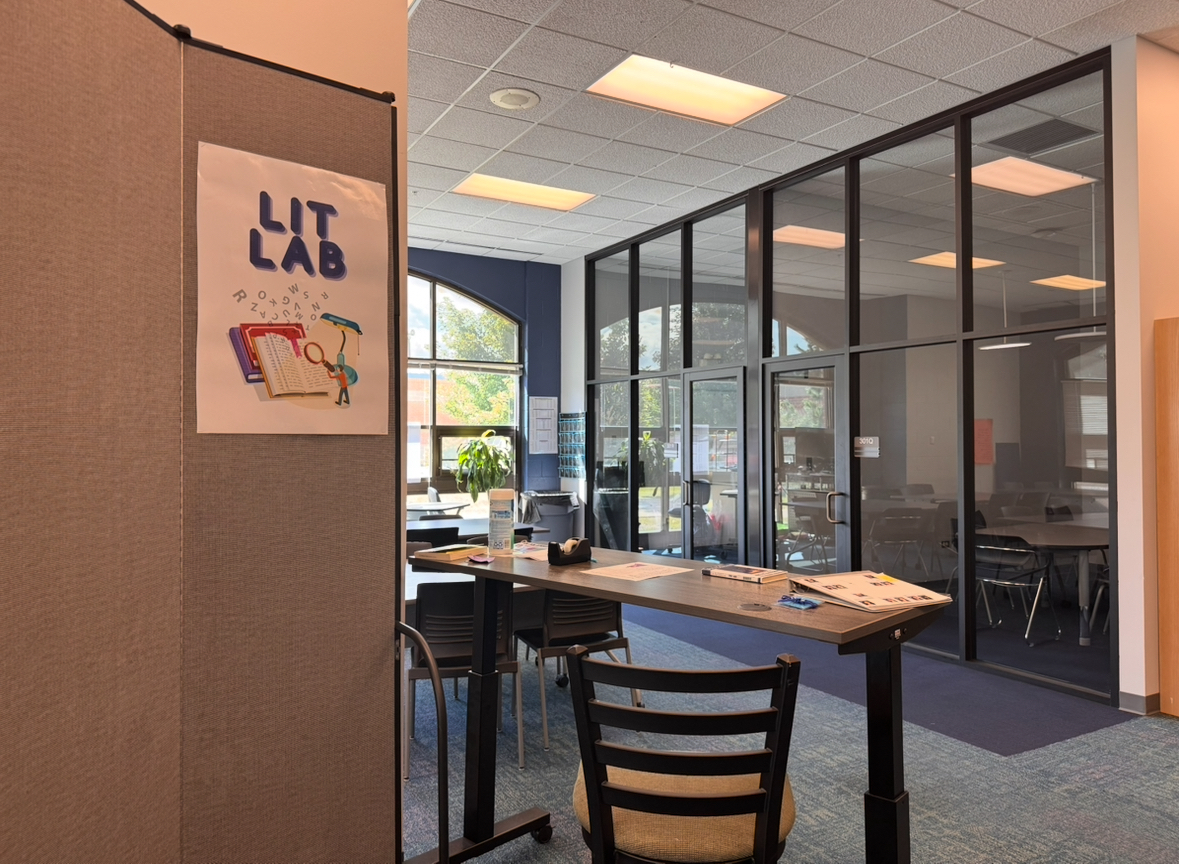On Oct. 20 at approximately 2 a.m., Amazon Web Services, or AWS, faced a shortage that caused issues across the globe. AWS is Amazon’s internet-based cloud service, and its goal is to create communication between consumers and businesses online. This shortage affected millions of users on platforms like Amazon, Snapchat and Duolingo while also affecting other platforms used by schools, airlines, streaming services and online games.
An error in an update to the Domain Name System (DNS) ultimately caused the AWS outage. The DNS helps devices navigate to websites, and a malfunctioning DNS made it hard for devices to connect to something called the Amazon DynamoDB. The Amazon DynamoDB stores and manages information for a lot of companies and websites, so not being able to access the program made many of the dependent companies and websites unusable. The loss of the Amazon DynamoDB also led to the fall of other AWS services, broadening the outage’s impact. Devices could not reach the Amazon DynamoDB and other AWS services that have information critical to many digital components because of a DNS error, creating the AWS outage.
Since the AWS outage affected so many platforms and people worldwide, there were also many financial effects on the websites and companies that were unusable. Although there is no exact data on the amount of money lost during the AWS outage, the general consensus is that the total loss that occurred was billions of dollars for affected sites. The majority of this financial loss was suffered by Amazon, with the outage costing them an estimated $72 million per hour versus the total $75 million loss per hour faced by all sites combined. Other largely affected platforms included Zoom, Roblox and Fortnite, who each lost at least an estimated $400 thousand per hour.
Although this shortage affected businesses globally, it also affected students and staff at North. Teachers and students had trouble accessing ClassLink, which affected lesson plans. Staff member Katherine Dickson originally did not realize the issues as she did not use technology in her first few periods. However, when she began to teach Honors Contemporary World Issues, she faced the effects of the shortage.
“My students could not log into their Chromebook. So it wasn’t just that Schoology didn’t work, it was that their computers were completely inoperable,” said Dickson.
While this impacted her schedule in teaching, it significantly impacted the students as well.
“They didn’t have Chromebooks for their whole day, so I think by seventh hour, they were really frustrated,” said Dickson. “[They] told me the next day that they kept checking their Chromebooks throughout the day, and it wasn’t until 10 or 11 p.m. that their Chromebook started working, so some of them stayed up really late [to finish assignments].”











